A lot of people like trying new things, especially if it involves something delicious. But how much of the experience is coming from your five senses and how much is created or even distorted by your own mind? In this edition of Hands, MAEKAN’s editor, Nate, recalls the team’s visit to Michelin one-star Sushi Shin in Minato, Tokyo. There, everyone didn’t just end up with stomachs full of great food, but heads full of great insights too.
“A palate that understands quality makes a good sushi chef.”
— Shintaro “Shin” Suzuki
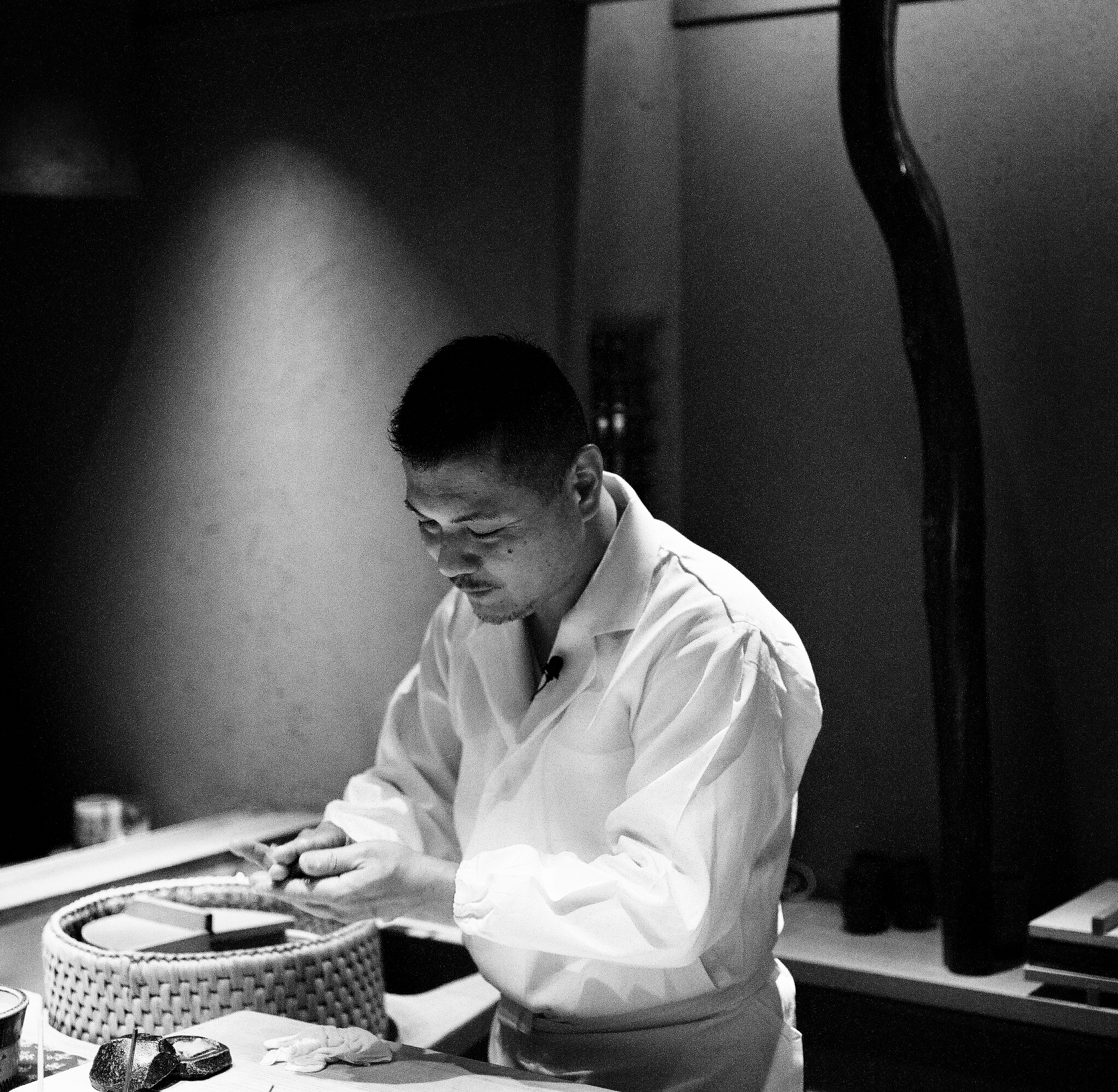
Shin gained a lot of his experience trying hundreds of different sushi restaurants.

Shin uses three different soy sauces to balance flavors.
“I’ll still eat junk food and think it’s tasty too. But that’s different to food prepared by a craftsman who doesn’t use chemicals and who’s worked hard, tried lots of good sushi and built on that.”
— Shin on defining his style within sushi without training at prestigious restaurants

Grinding wasabi.

Shin uses just one knife that he sharpens daily.
“Somehow I expected it, […] to taste like the love child of golden stardust and fluffy clouds, cultivated in the place where rainbows are born. It tasted like… sea urchin.”
— Nate’s friend “Terry” on trying uni (sea urchin) at Sukibayashi Jiro
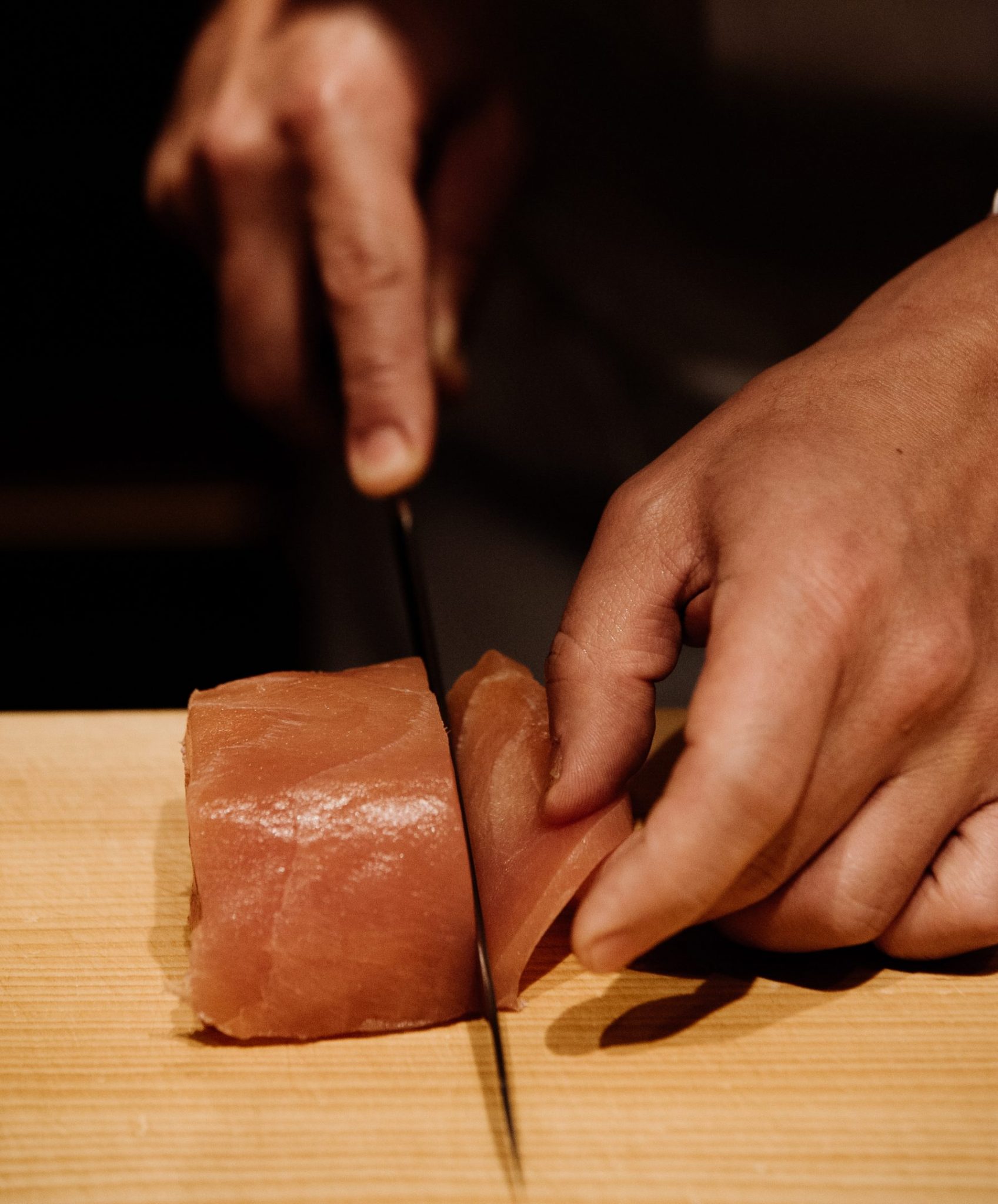
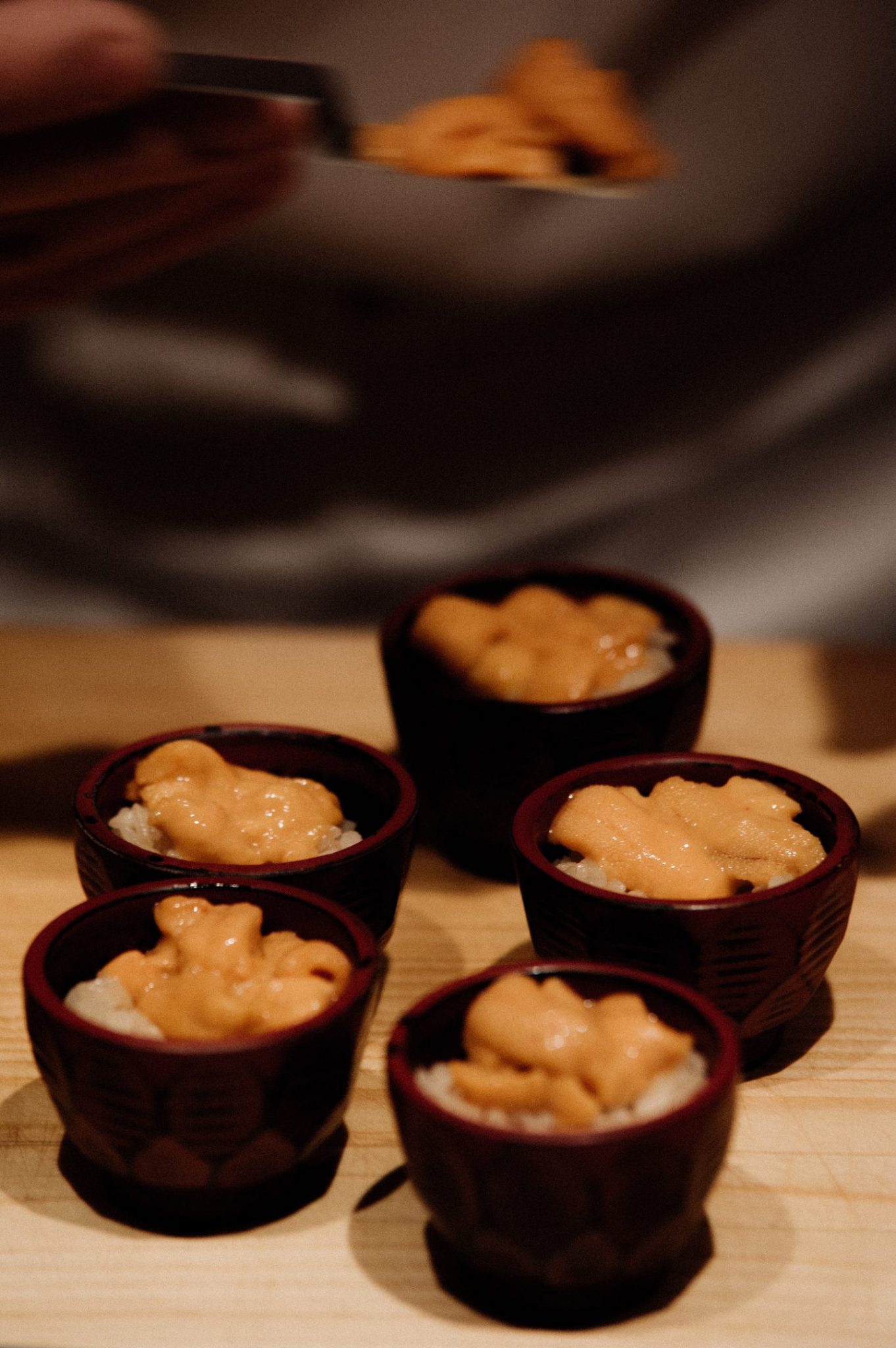
Two species of uni on a bed of sushi rice.

His legs and back ache from the toil, but thankfully his hands don’t feel it.
“There are Americans who can enjoy a McDonald’s hamburger, but can also tell how my sushi tastes different. Yet there are Japanese who grow up eating fish and still can’t tell the difference.”
— Shin on discerning palates
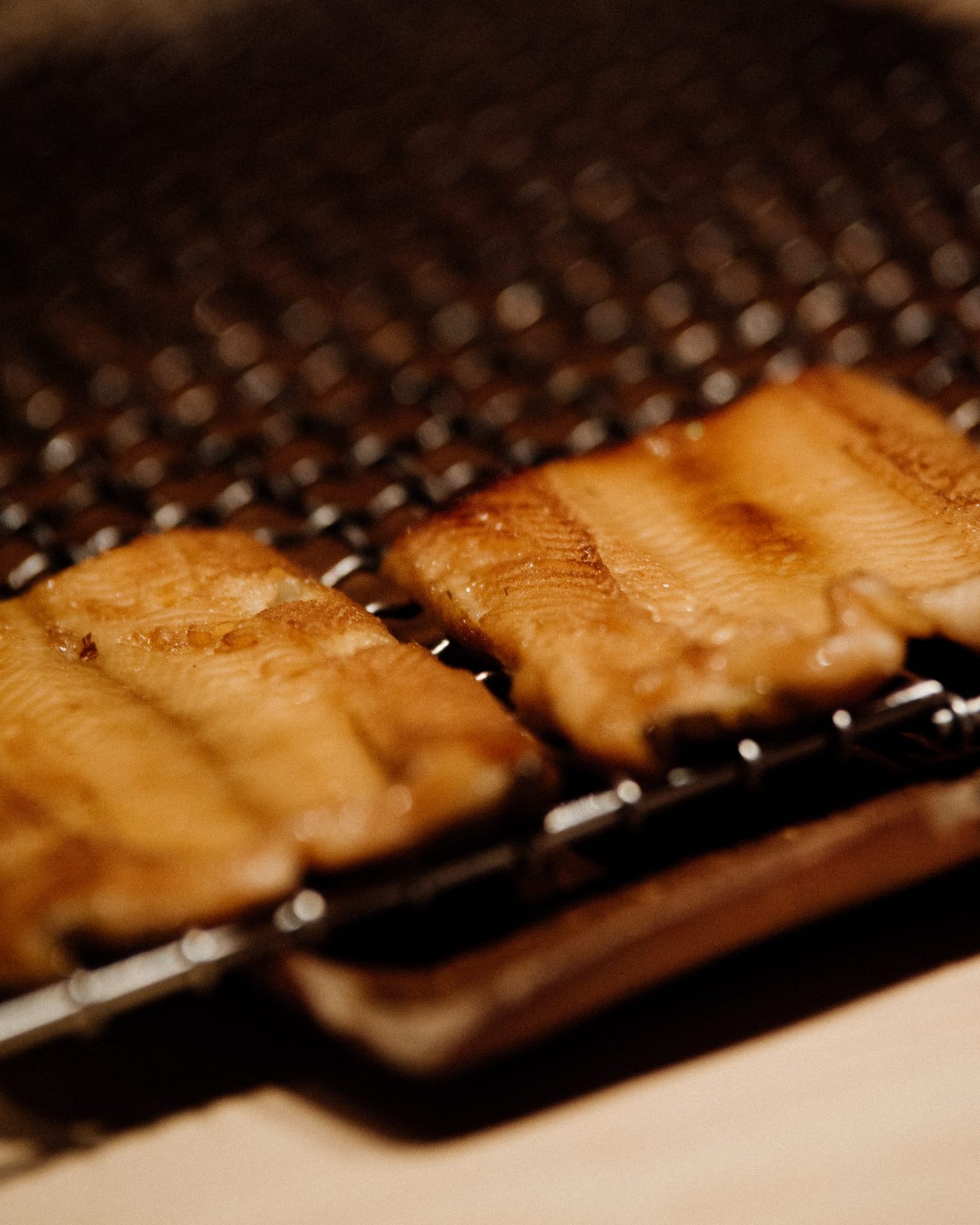
Freshly roasted eel cooling.
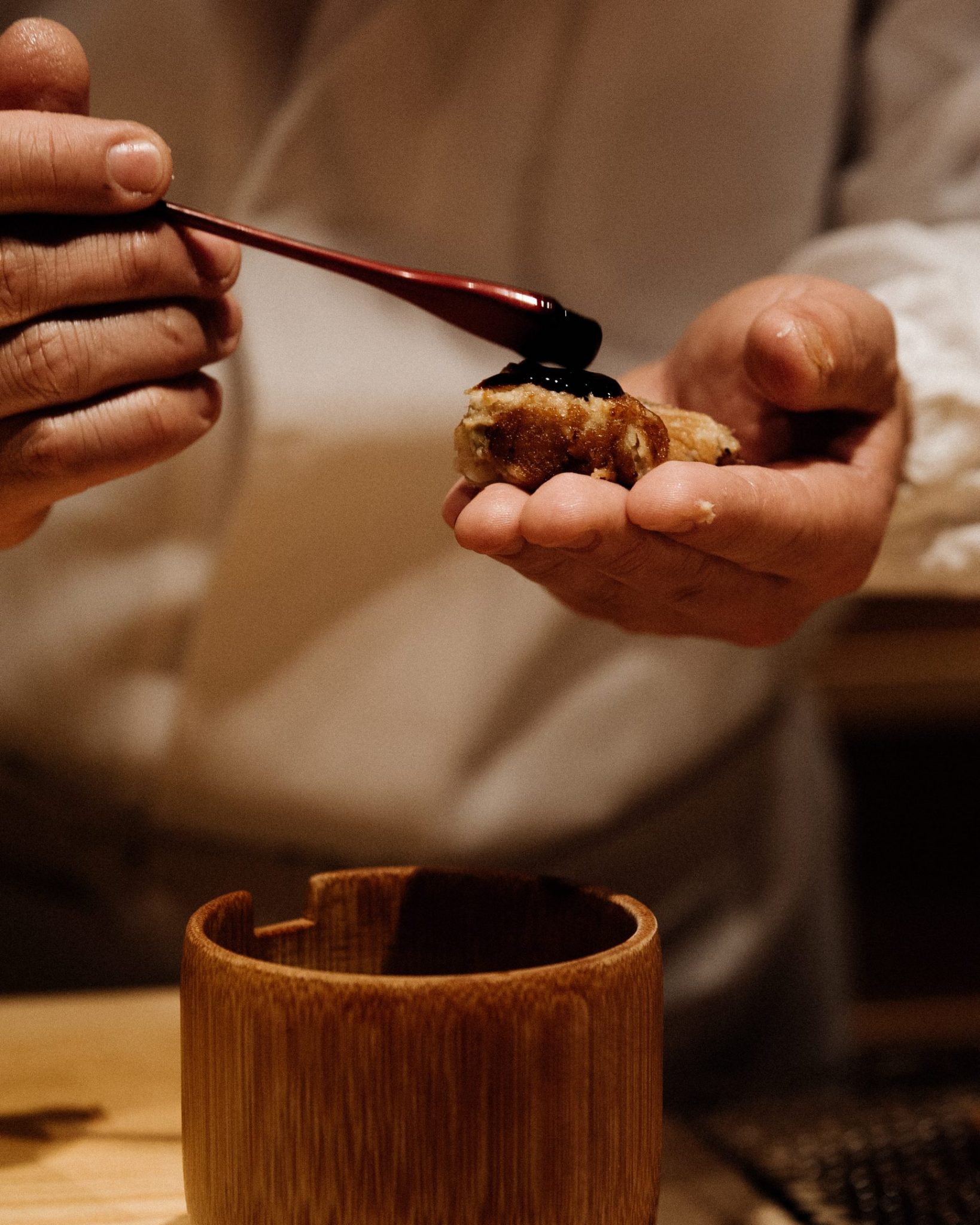
Finishing touches from his faux sable-hair brushes.
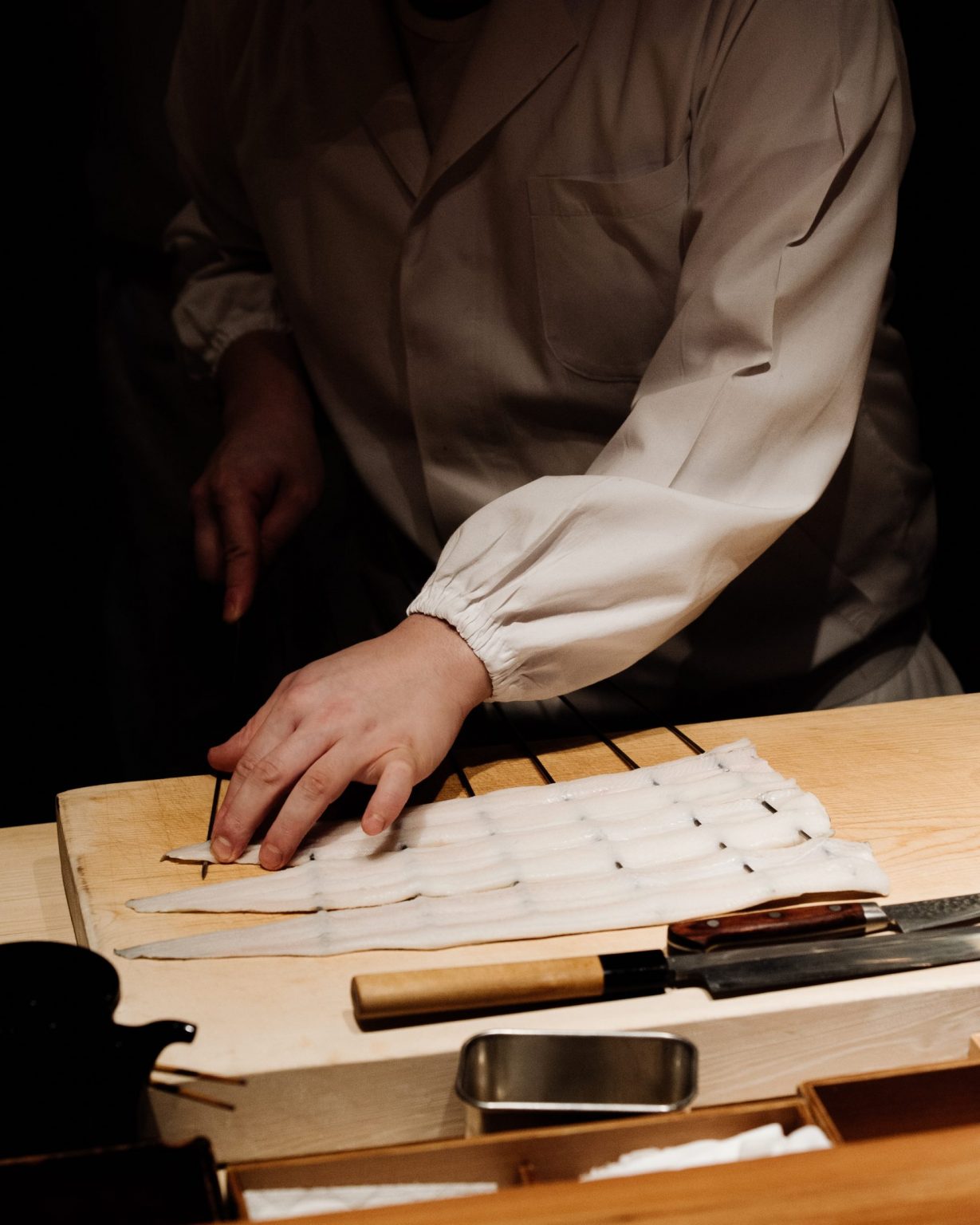
Anago, or saltwater conger eel being prepared.
“[Shin] loves to eat sushi and eats it every day. There are some chefs at some restaurants, even famous ones, that don’t necessarily like it.”
— Our fellow diner, Abby, on why Shin became a sushi chef.


Mincing the shrimp meat.
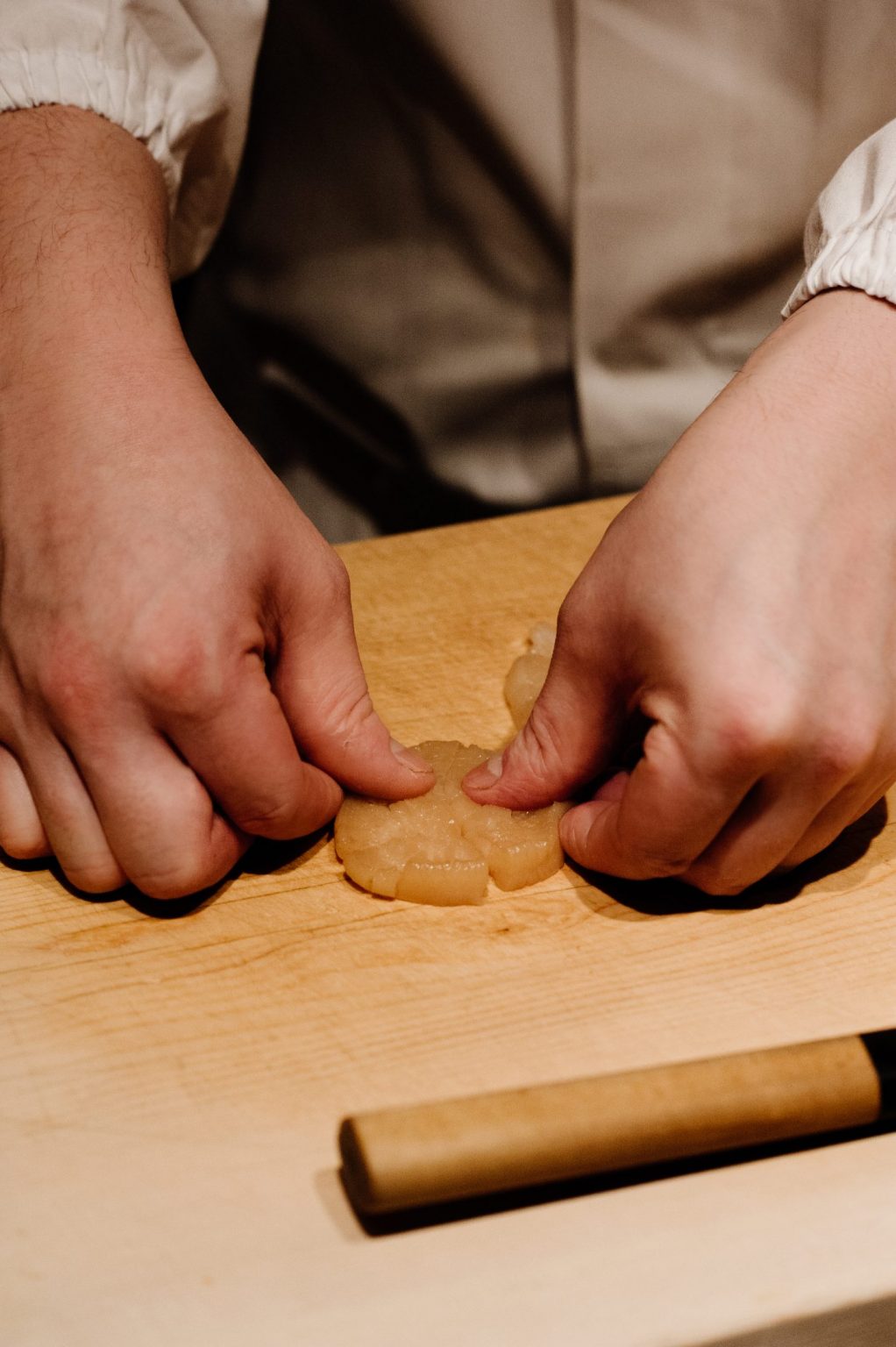
Flattening scallops in preparation for grilling.
“They’re made of Japanese cypress. The most prized domestically is Bishu cypress from Nagano prefecture.”
— Shin explaining his cutting board and counter

Like his counter, Shin’s cutting board is made from the best Japanese cypress.

Fresh wasabi root
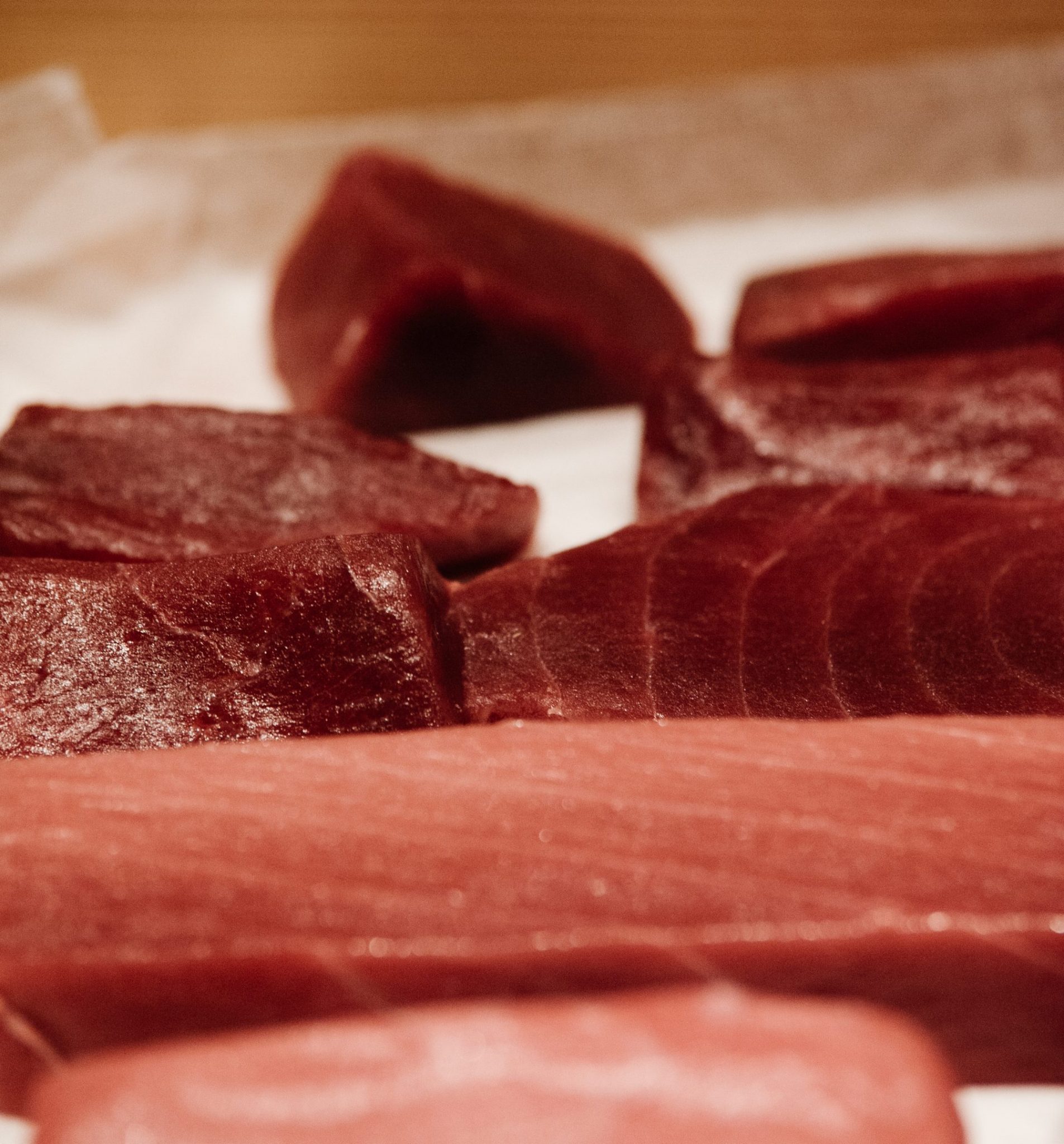
Three different cuts of tuna.
“I don’t want a life that’s nothing but sushi…I have a family, I need to have fun, I have friends. Sushi is just one of those things.”
— Shin, on the importance of having a work-life balance



“Some places are good at making side dishes, but the sushi itself isn’t that great.”
— Shin, on his choice to serve a sushi-focused omakase

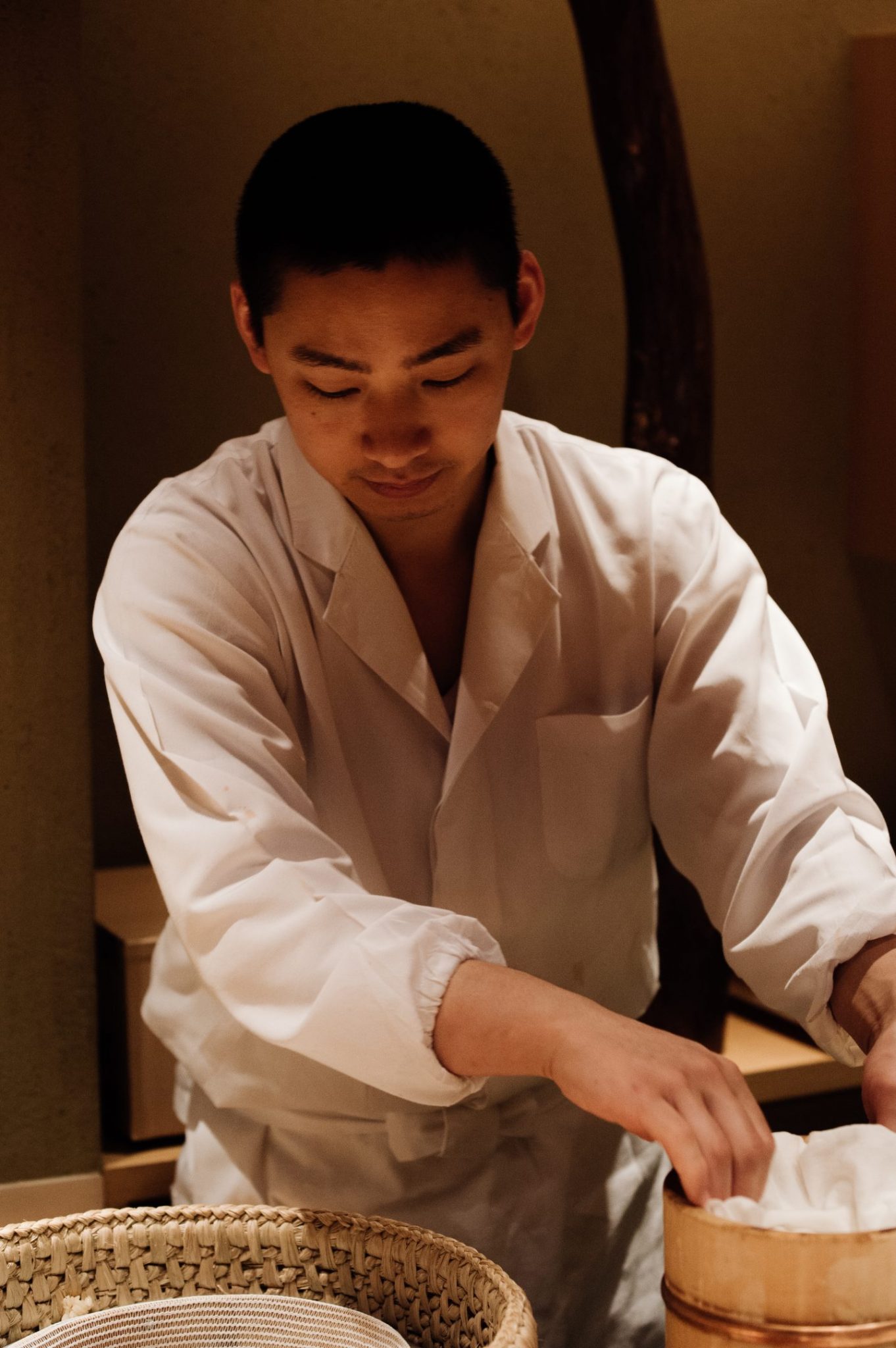
Shota, the more somber of Shin’s apprentices.
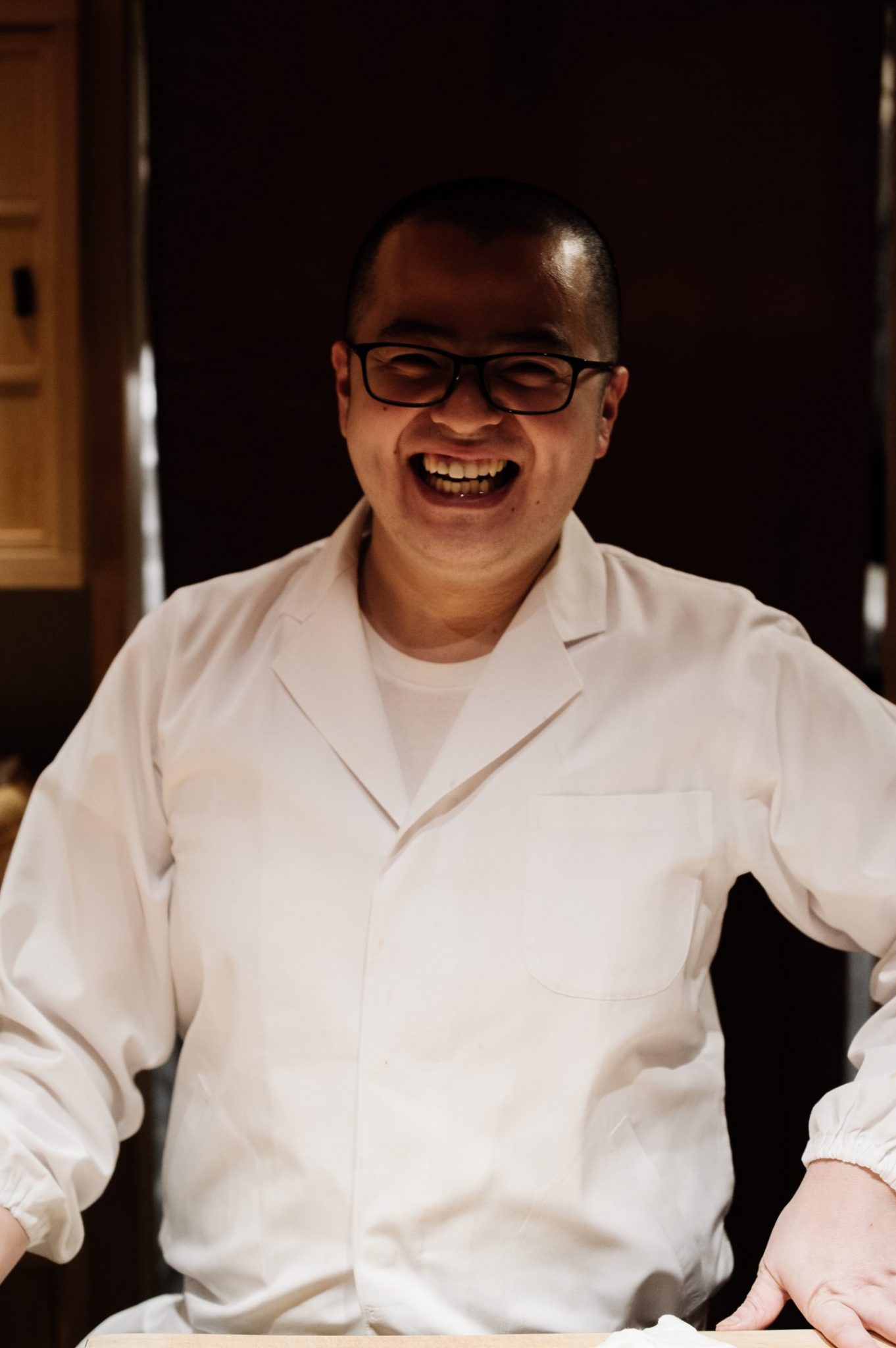
Koji didn’t seem to mind posing for pictures.
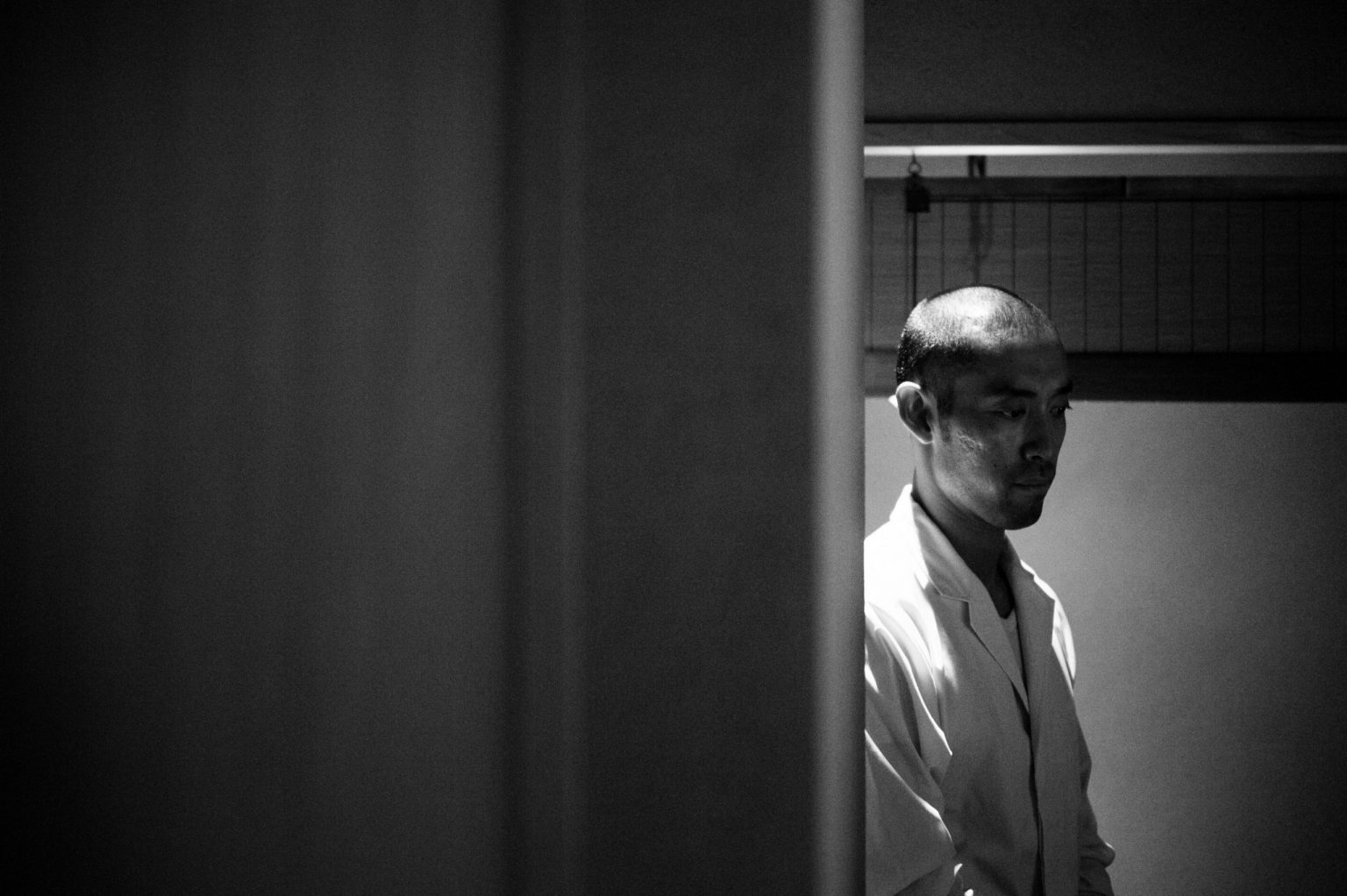
This apprentice was in town to observe for three days before returning to his family’s restaurant in Kumamoto.
“There are very few who do things by hand nowadays. For [my apprentice], for me, we eat sushi as part of our job […]. If you can find enjoyment in that, you can do it for a long time.”
— Shin, on the lack of young people entering the industry
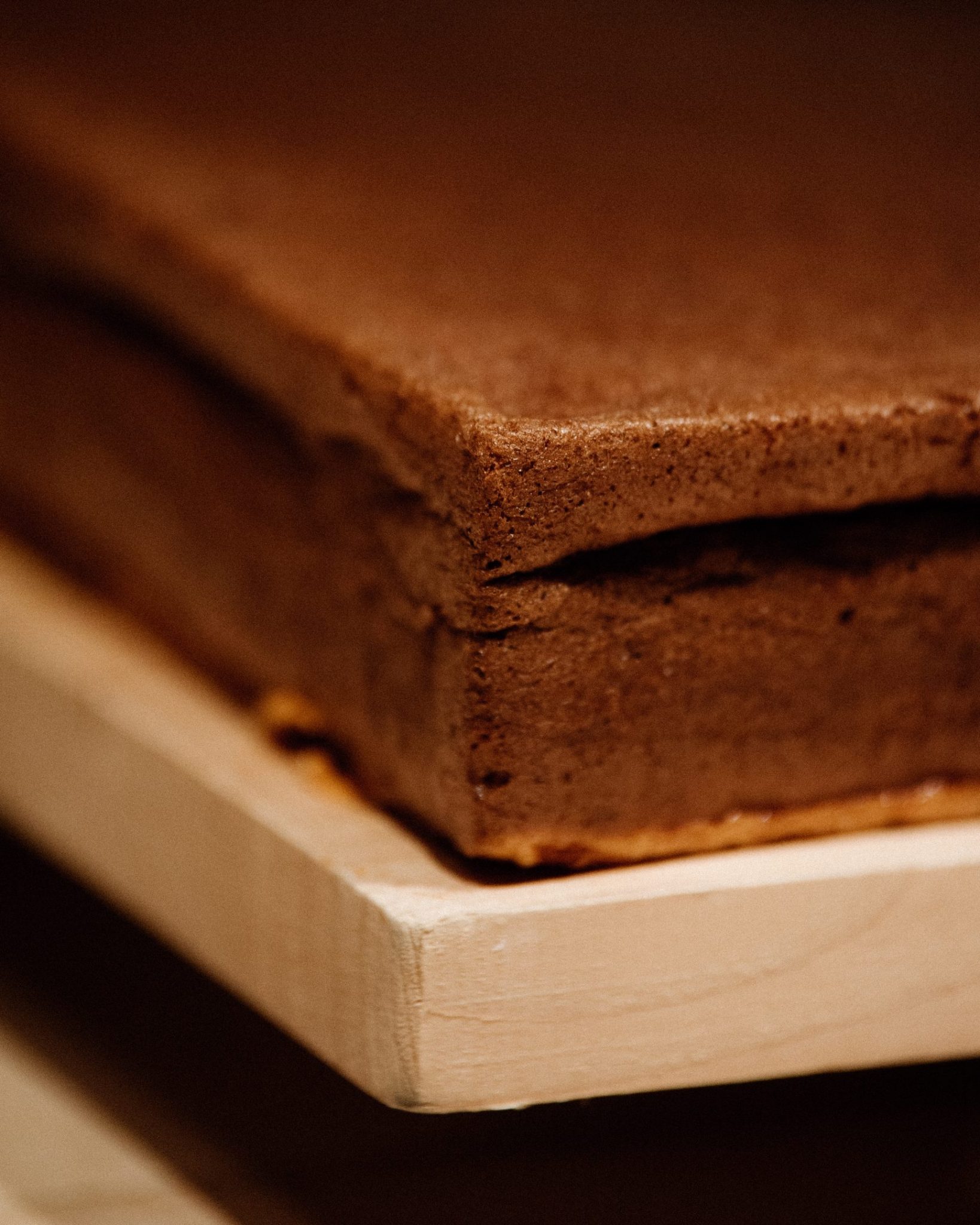
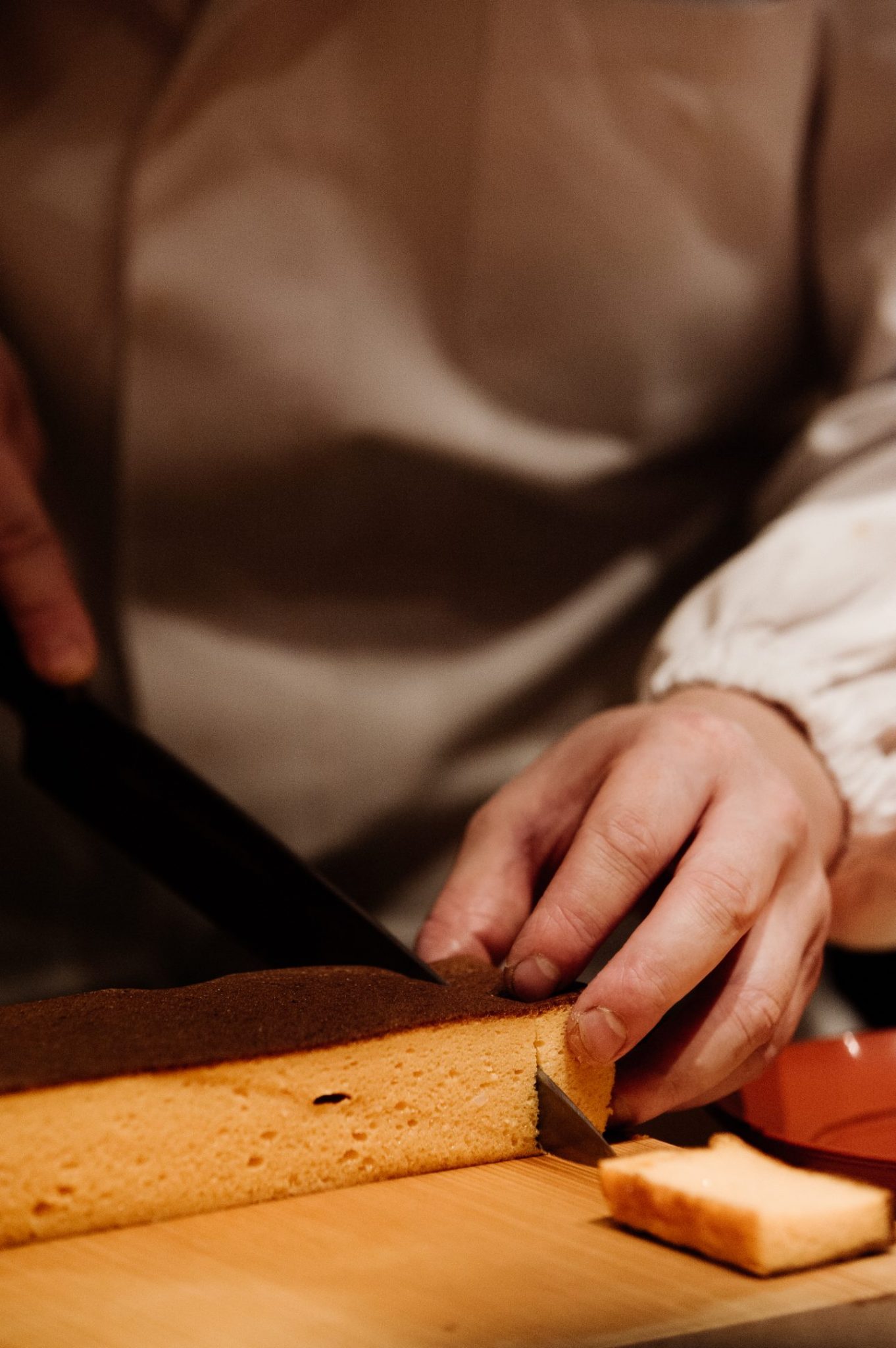
A cake-like variation of tamagoyaki that uses shrimp paste and yam flour.

“I’m always slicing sashimi and making sushi standing like this, so my back and legs hurt after a while. It makes me worry about my later years.”
— Shintaro “Shin” Suzuki, on the physical toll of making sushi
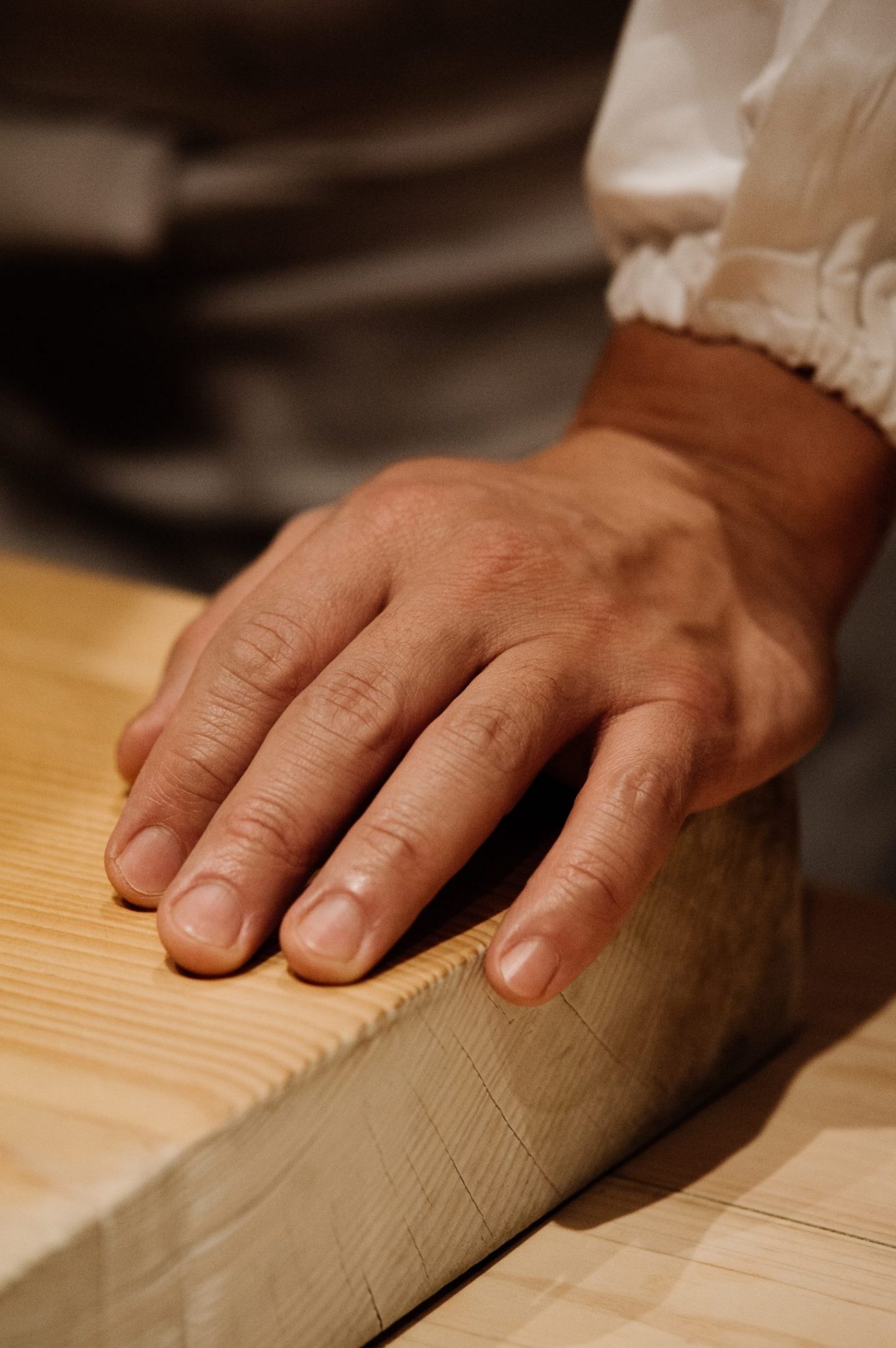


“I know you can’t live long doing this type of work. That means 20 more years of work, ten years to have fun. And then I will die.”
— Shin joking about his retirement



















